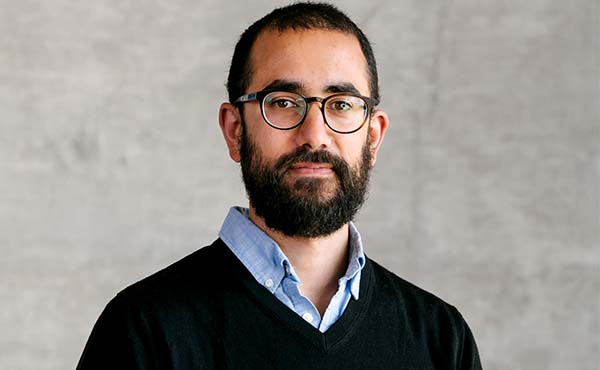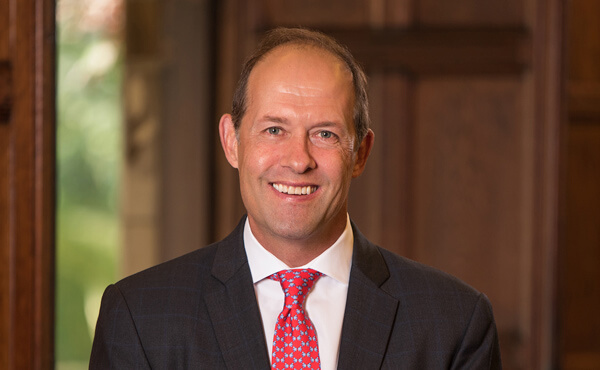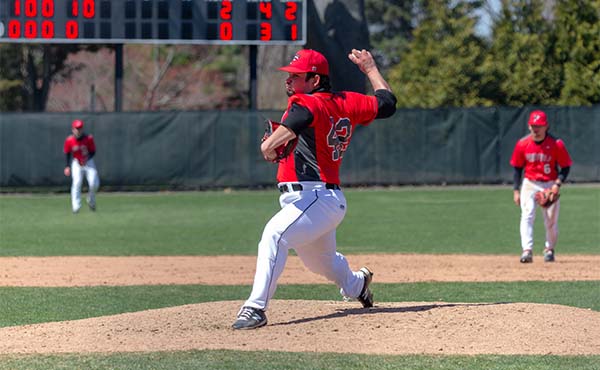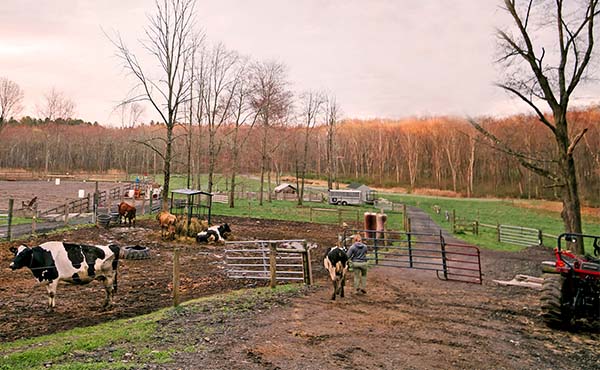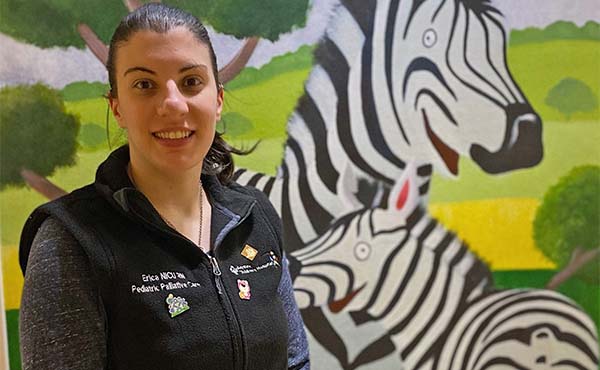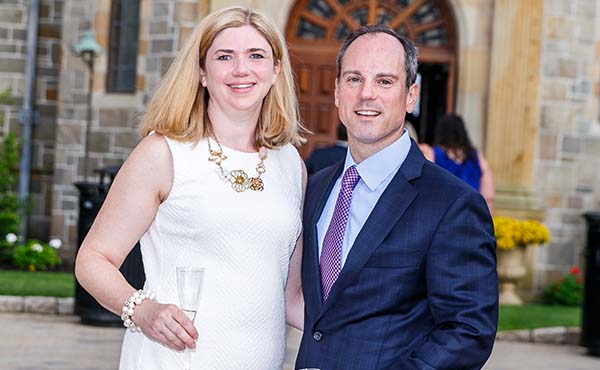Associate professor of history Sunil Purushotham’s new book explores the birth of the world’s largest democracy.
There are many reasons to be concerned today, but I also think that India has defied expectations before and has always had the capacity to surprise us.
— Sunil Purushotham, PhD
Between 1946 and 1952, the British Raj, the world’s largest colony, was transformed into the Republic of India, the world’s largest democracy.
The path to democracy in India was violent and complex; there were more than 500 princely states that remained when the British left, some seeking their own independence. In the northwest region of Punjab, the question of who belonged in Pakistan and who in India led to violent confrontations. And there were also those who wanted a more sweepingly transformed post-colonial society.
Dr. Sunil Purushotham’s new book, From Raj to Republic: Sovereignty, Violence, and Democracy in India (Stanford University Press), examines this complex and vexed period in India’s history.
Fairfield University Magazine: As the Raj came to an end, it was not inevitable that India would become a centralized democracy. There were other political entities that had a claim to sovereignty of their own, the princely states?
Dr. Purushotham: That’s right. The book takes the princely states, using the example of Hyderabad, as a starting point for rethinking the history of sovereignty in late colonial India. We tend to think of the end of the Raj in terms of division: British India was divided into the two new nation-states of India and Pakistan. But Britain’s Indian Empire was not a single thing to be divided. There were more than 500 princely states within India that occupied two-fifths of the subcontinent. The princely states were quasi-sovereign entities controlled by rulers who had pledged loyalty to the British, and whose dynastic rights and privileges had been recognized in return.
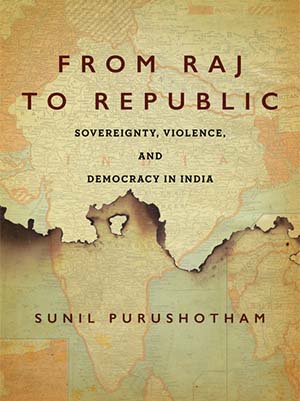
From Raj to Republic suggests that the princely states were central to the major constitutional and political developments within India in the decades leading up to independence in 1947. I focus on Hyderabad, a major princely state that occupied the lion’s share of the Deccan Plateau in the center of peninsular India. It was larger than the territory of Britain and had 17 million inhabitants, so it was certainly large enough to make a claim to stand on its own.
When the Partition was announced in June 1947, its ruler, the Nizam of Hyderabad, announced that his state would not join either India or Pakistan. Instead, he sought recognition of Hyderabad as a sovereign entity on the world stage. The standoff between Hyderabad and India went on for over a year until the forceful annexation of the state by the Indian Army in September 1948, an event known as the Police Action.
The issue was also complex in Punjab; how was the Partition managed in that province?
On the one hand,you have this process by which the princely states are absorbed, at times violently, into the Indian nation-state. On the other, you have this process of division. Punjab, a vast and populous province in India’s northwest, was transformed into an international border between India and Pakistan. And this was a border forged in blood. Civil war, ethnic cleansing, and a refugee crisis marked the moment of independence. The two chapters on Punjab focus on efforts by the Indian government to “evacuate” and “recover” those people in Pakistani territory whom they had deemed “Indian subjects.” I discuss the power dynamics involved in this fixing of national subjects to national territory, and in particular the way in which caste and gender hierarchies were inscribed into the processes of “refugee relief and rehabilitation.”
Telangana in Hyderabad was also a complicated area. What was the nature of the communist movement there?
From 1946 until 1951, peasant revolutionaries in the Telangana districts of Hyderabad State battled landlords, the Nizam’s government, and the Indian Union, in that order. They fought for praja rajyam, or people’s rule. This entailed a total refashioning of rural social relations: landlords and village officials were chased away and land was redistributed under the slogan of “land to the tiller.” The movement spread to thousands of villages. Under the leadership of the Communist Party of India, the Telangana peasantry put forth a radical vision of a just and democratic agrarian society at the very moment of decolonization and independence.
We talk about India as the world’s largest democracy; what are your thoughts about how it will continue to evolve?
It has become cliché to speak of India as the world’s largest democracy. But it is also accurate. In the book, I understand the 1940s to be a time of transformational change and departure. We should take Indian democracy seriously and I think have a lot to learn from India, in terms of writing global histories of democracy. There are many reasons to be concerned today, but I also think that India has defied expectations before and has always had the capacity to surprise us. India is currently being hit hard by Covid, so my hope for the immediate future is that the pandemic can be brought under control and people can get the care they need.
